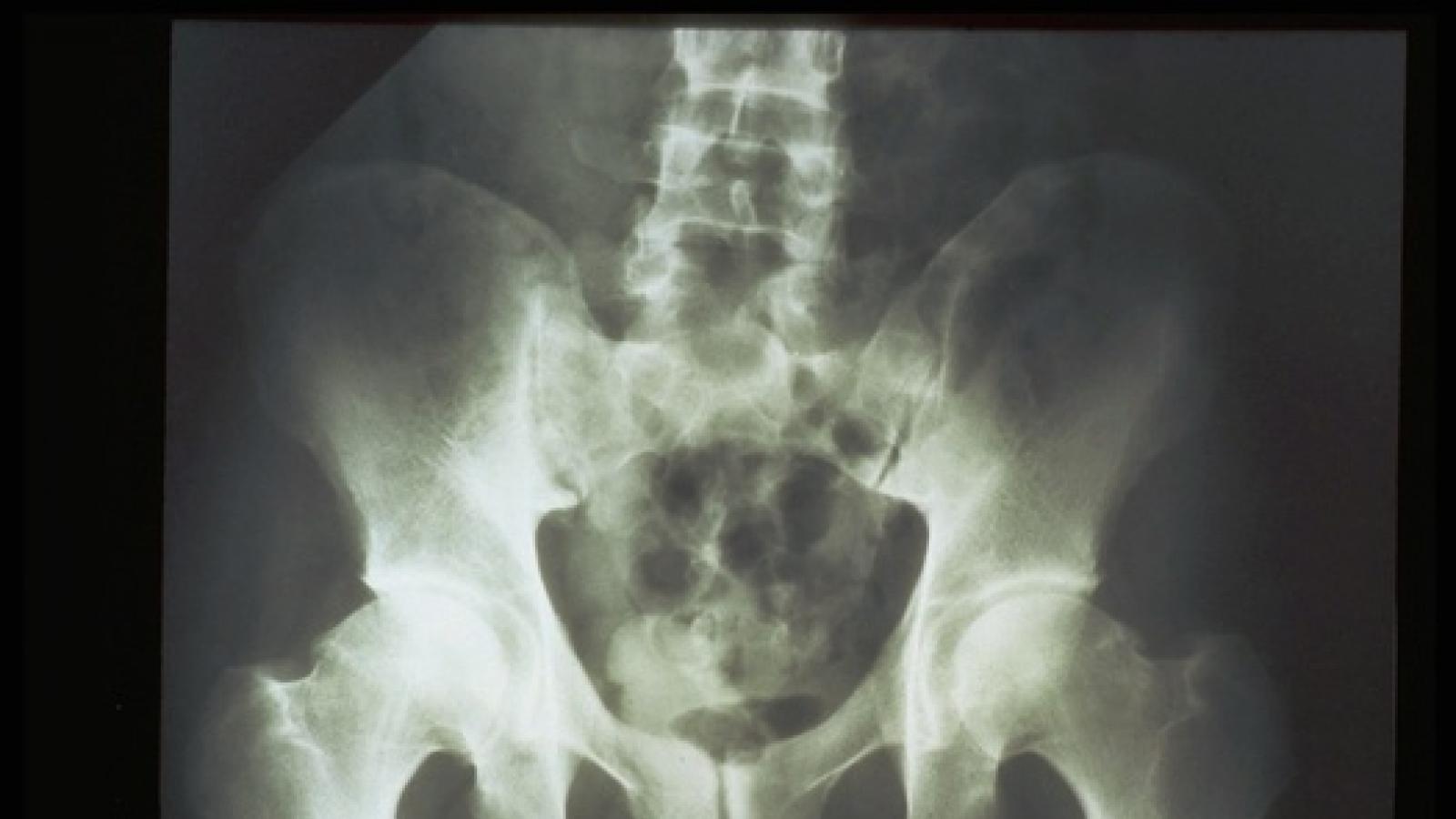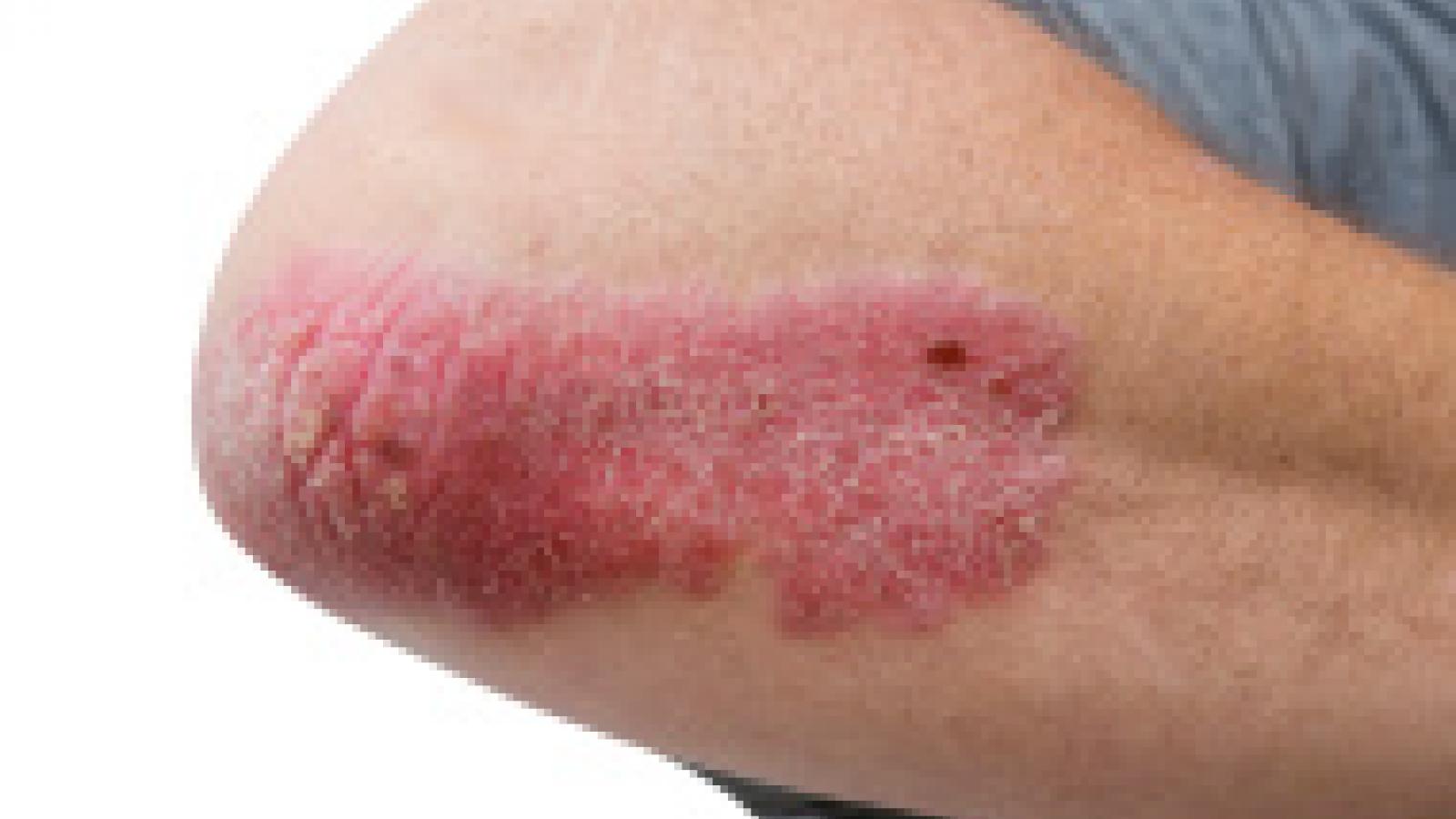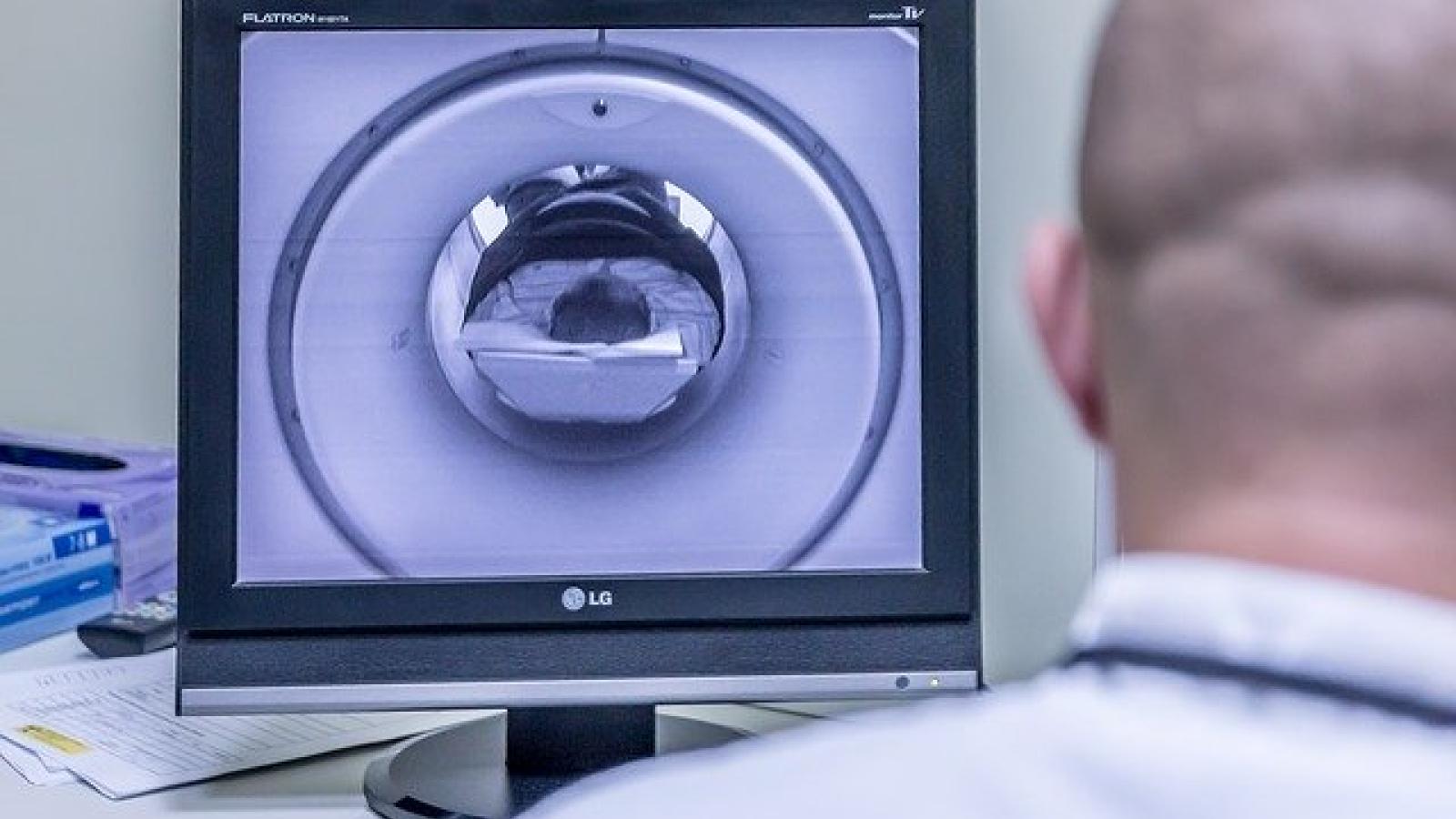Psoriatic arthritis
Most patients with early, active axial spondyloarthritis (axSpA) who quickly received a tumor necrosis factor (TNF) inhibitor experienced remission, and it didn't matter whether or not they had intestinal inflammation at baseline, a small single-arm study found.
The “Difficult” framework has now reached PsA. At EULAR 2025, two independent definitions were presented: one by the Group for Research and Assessment of Psoriasis and Psoriatic Arthritis and another by EULAR. This short review explores the similarities and differences between these definitions and discusses their potential implications for clinical practice and research, especially for the increasingly perplexed rheumatologist.
Dr. Jack Cush reviews highlights, trends and novel studies from EULAR 2025 in Barcelona from last week.
Psoriatic arthritis (PsA) affects approximately 30% of patients with psoriasis (PsO), and diagnostic delays are associated with worse prognosis, making early detection crucial. At EULAR 2025, several studies highlighted progress in prediction strategies. Here's my review of three of them.
Saturday was the final day of EULAR, and included several lectures, but mostly late breaking abstracts and new EULAR guidelines - notably on Rheumatoid Arthritis and another on Interstitial Lung disease in connective tissue disorders. My favorite presentations included the following.
I asked the EULAR twitter sphere how they feel about combination of methotrexate (MTX) and leflunomide (LEF). The opinions are differing so far, with 50% reporting prescribing this combination often while 50% are worried of side effects. Several abstracts presented this year are providing further data to help us make up our minds in RA and PsA.
At EULAR 2025, Dr. Laura Coates (Oxford) took the plenary stage to reframe how we think about treating psoriatic arthritis. The message was clear: in 2025, PsA treatment is no longer about following a linear algorithm; it’s about understanding the unique constellation of domains, comorbidities, and patient factors that shape each clinical decision.
At EULAR 2025, there have been new developments in imaging in PsA.
IL-17 inhibitors are an effective therapeutic for a broad spectrum of inflammatory and autoimmune diseases and its blockade has revolutionized management of diseases such as psoriasis, psoriatic arthritis and SpA. Is there a need for more medications within the same therapeutic class?
Two recent studies suggest there is no significant benefit of early biologics over standard step-up care with methotrexate2,3, but these did not select for poor prognosis.
Despite the advances in the treatment of PsA with biologic (bDMARD) and targeted synthetic (tsDMARD), less than half of patients with this condition achieved remission or low disease activity. Combination DMARD treatment is often used in order to achieve remission or minimal disease activity. The standard practice is to use a conventional synthetic (csDMARD) with a bDMARD. The use of the combination of bDMARD with a tsDMARD such as a JAKi or
We’re seeing more patients develop rheumatic diseases for the first time in their 60s, 70s, or beyond. But are these truly the same diseases we see in younger adults, or do they behave differently, shaped by age-related biology, comorbidity, and the biases that influence medical decision-making? Several abstracts presented at EULAR 2025 challenge us to reconsider how we diagnose and treat rheumatic disease in older adults.



















 Poster Hall
Poster Hall